AWS Certified SysOps Administrator - Associate
Summary
Summary of Domain 6 Cost and Performance Optimization
Welcome back! In this article, we review the final section of Domain 6, which covers essential cost and performance optimization strategies. This guide will help you understand how to manage cloud expenses effectively and enhance system performance.
Cloud Financial Management
Design principles such as cloud financial management are critical. Instead of using a capacity-based model, adopt a consumption-based model to pay only for the resources you consume. For example, AWS Lambda charges only when your function executes, while EC2 instances incur costs continuously. Similarly, container services like ECS and EC2-based Kubernetes differ from Fargate, which offers a more consumption-based pricing model. This approach allows you to focus spending on core competencies while leveraging AWS for resource management.
Right-Sizing Resources
Right-sizing is crucial for cost efficiency. Tools like AWS Compute Optimizer help evaluate whether your EC2 instances, EBS volumes, ECS on Fargate tasks, or Lambda functions are running efficiently. Additionally, implementing cost allocation tags offers clear cost attribution by labeling AWS resources.

A best-practice tagging strategy typically follows these steps:
- Identify needs
- Define and publish
- Collaborate with stakeholders
- Implement and enforce
- Measure and iterate
Tools such as Cost Explorer and the AWS Cost and Usage Report are essential to monitor and allocate costs efficiently.
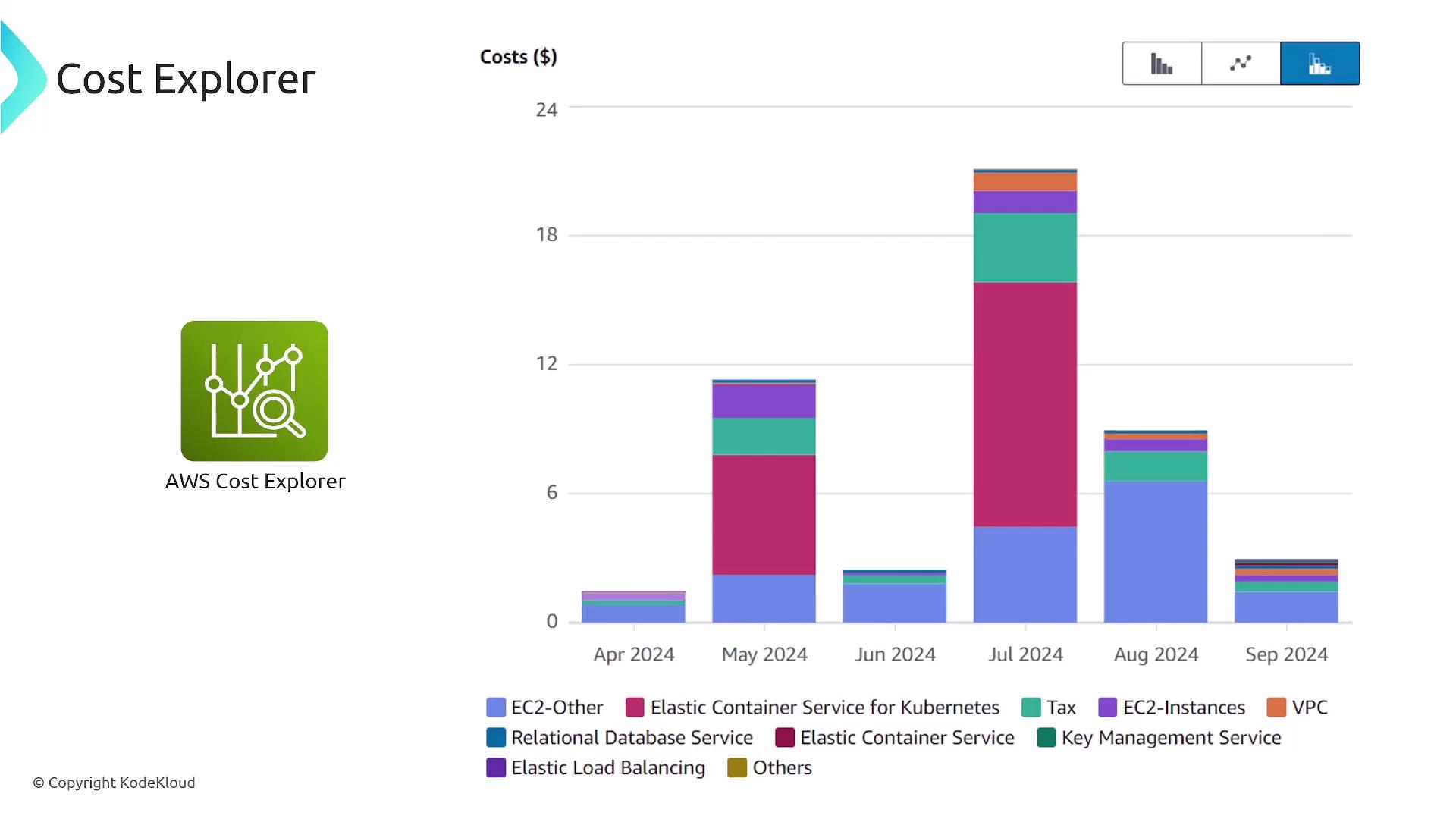
Evaluating Resource Utilization
AWS Compute Optimizer evaluates resource utilization across services such as EC2, EBS, ECS on Fargate, and Lambda. Budget filters and alarms further help monitor spending and trigger notifications when costs approach predefined thresholds. Remember, understanding the filters and notifications available is more valuable than memorizing each option.
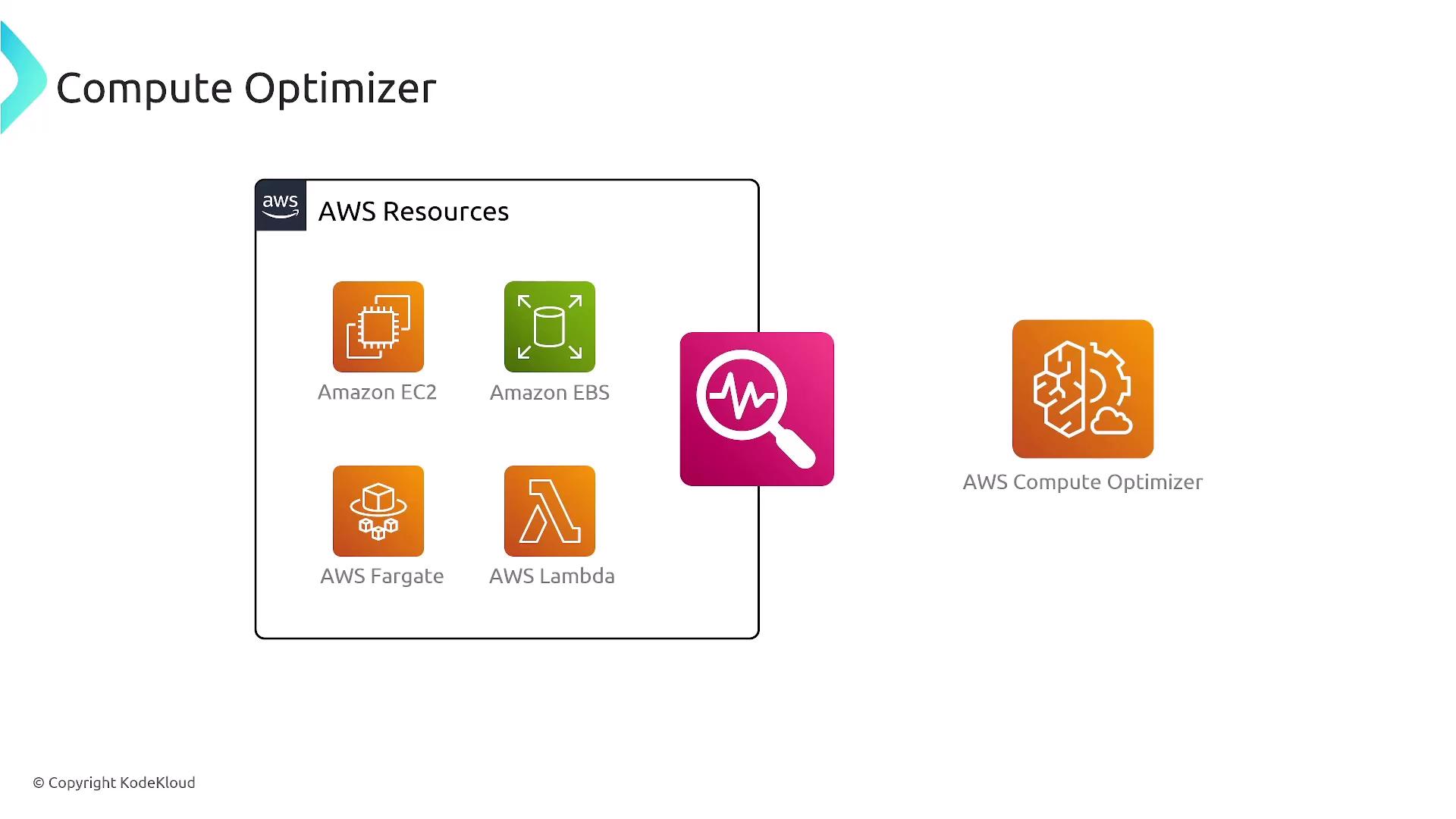

Pro Tip
Configure CloudWatch billing alarms via AWS Budgets or CloudWatch to get notified when your estimated charges reach critical thresholds, thereby mitigating unexpected costs.
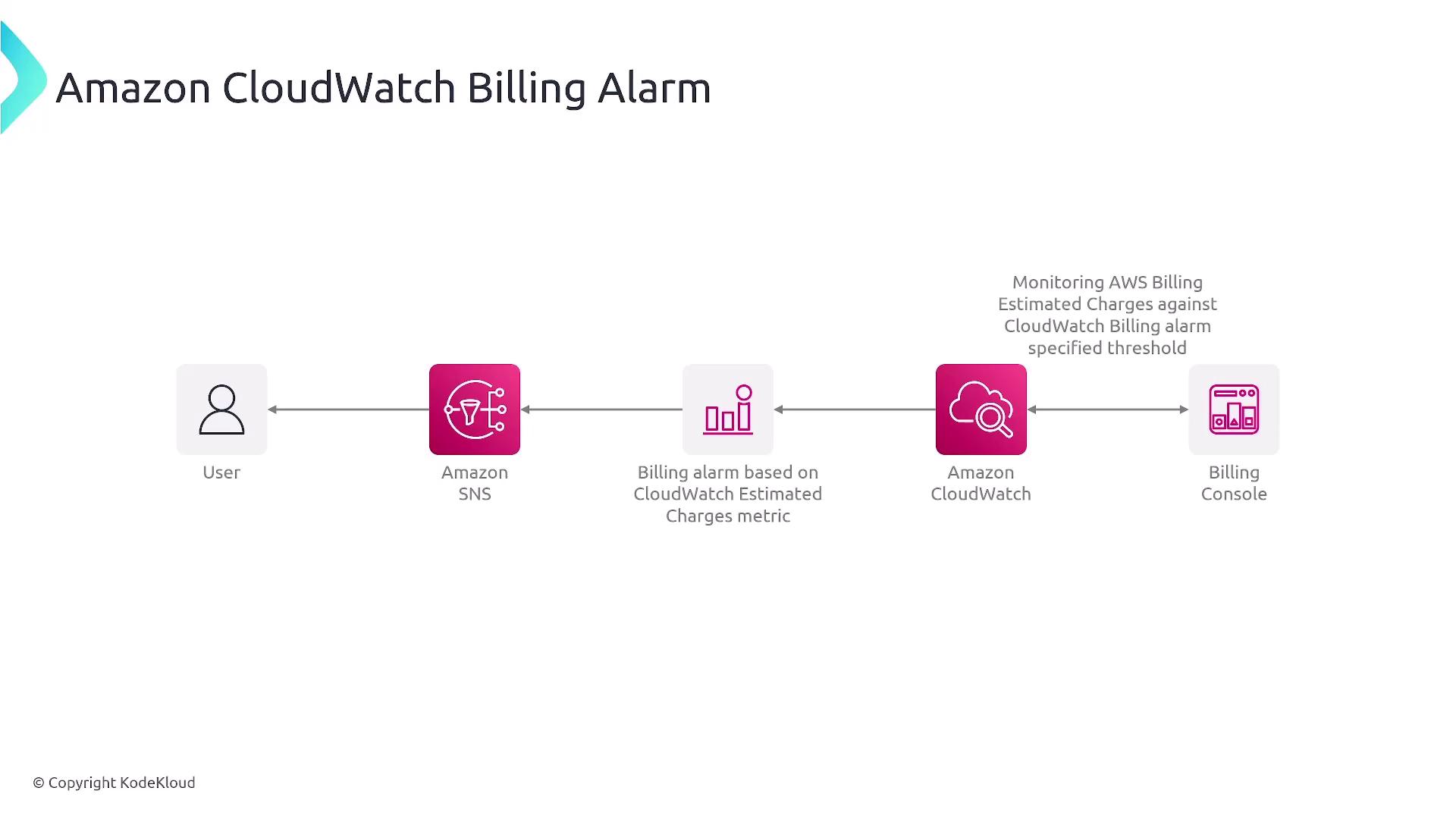
EC2 Purchasing Options
A comprehensive understanding of EC2 purchasing options is essential. These options include:
- Spot Instances: Least expensive but can be interrupted.
- On-Demand Instances
- Compute Savings Plans
- EC2 Savings Plans
- Reserved Instances (convertible, standard, and scheduled)
- Dedicated Hosts and Instances: The most expensive options.
Use Spot Instances for workloads that can tolerate interruptions to optimize cost.
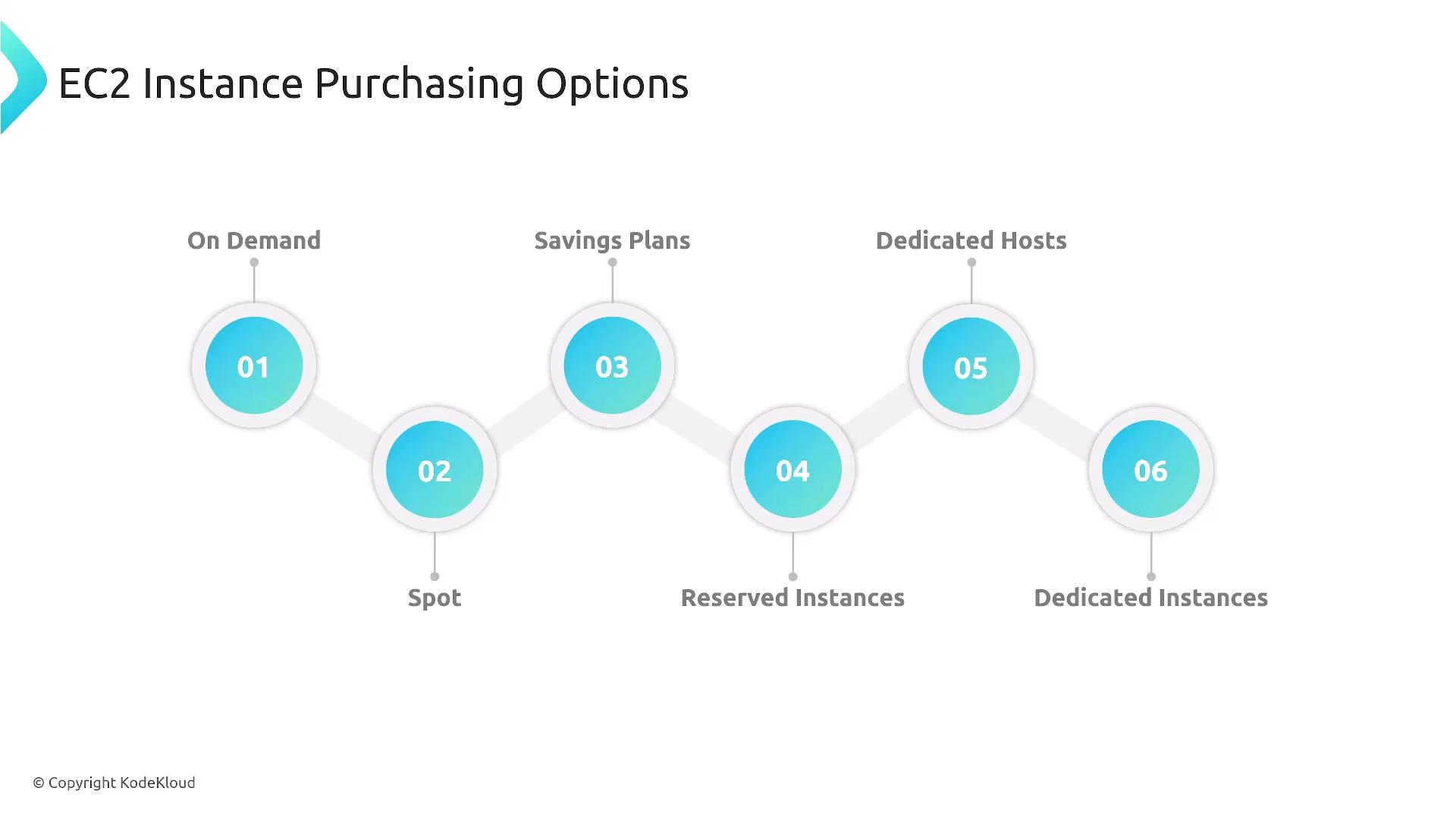
Storage Optimization
Storage optimization involves selecting the right managed or self-managed solutions. Self-managed services offer greater control but require additional operational overhead. Managed services, however, usually offer more cost-effective performance unless extensive customization is needed.
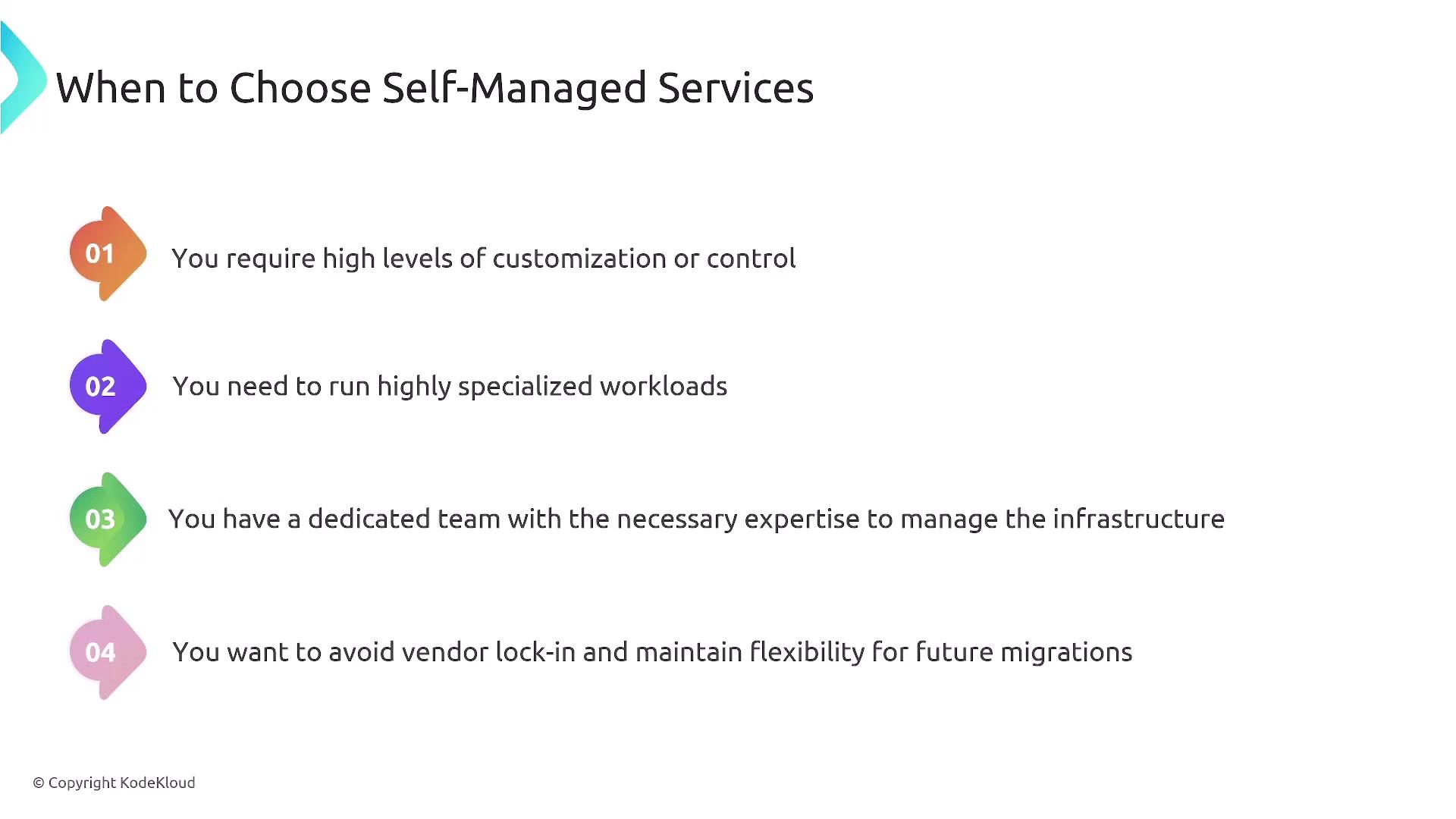
Consider access frequency:
- For seldom-accessed data, colder storage options like Glacier Deep Archive are cost-effective.
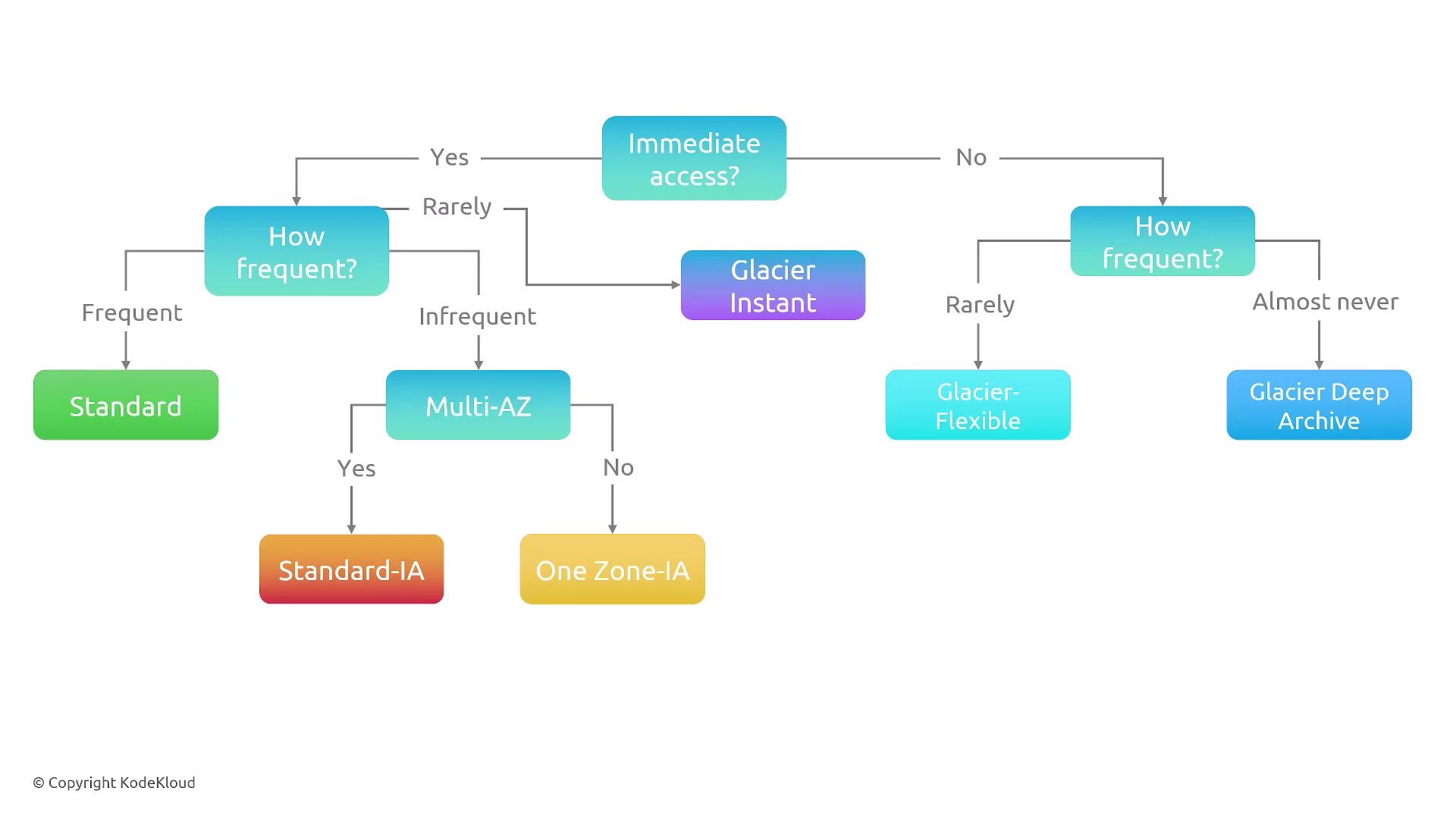
When choosing between EBS volume types, opting for GP3 over GP2 can provide higher performance at a lower cost. In cases with minimal performance requirements, GP2 may suffice.

For provisioned IOPS, note that IO1 supports up to 256,000 IOPS per second; however, many modern deployments are moving to IO2 for improved performance. Tools like RDS Proxy and Performance Insights can help manage database load and optimize performance.
Network and Compute Performance
Enhancing network performance can be achieved using Elastic Network Interfaces (ENIs) and Elastic Fabric Adapters (EFAs). ENIs add bandwidth to an EC2 instance, while EFAs are designed for high-performance computing scenarios.
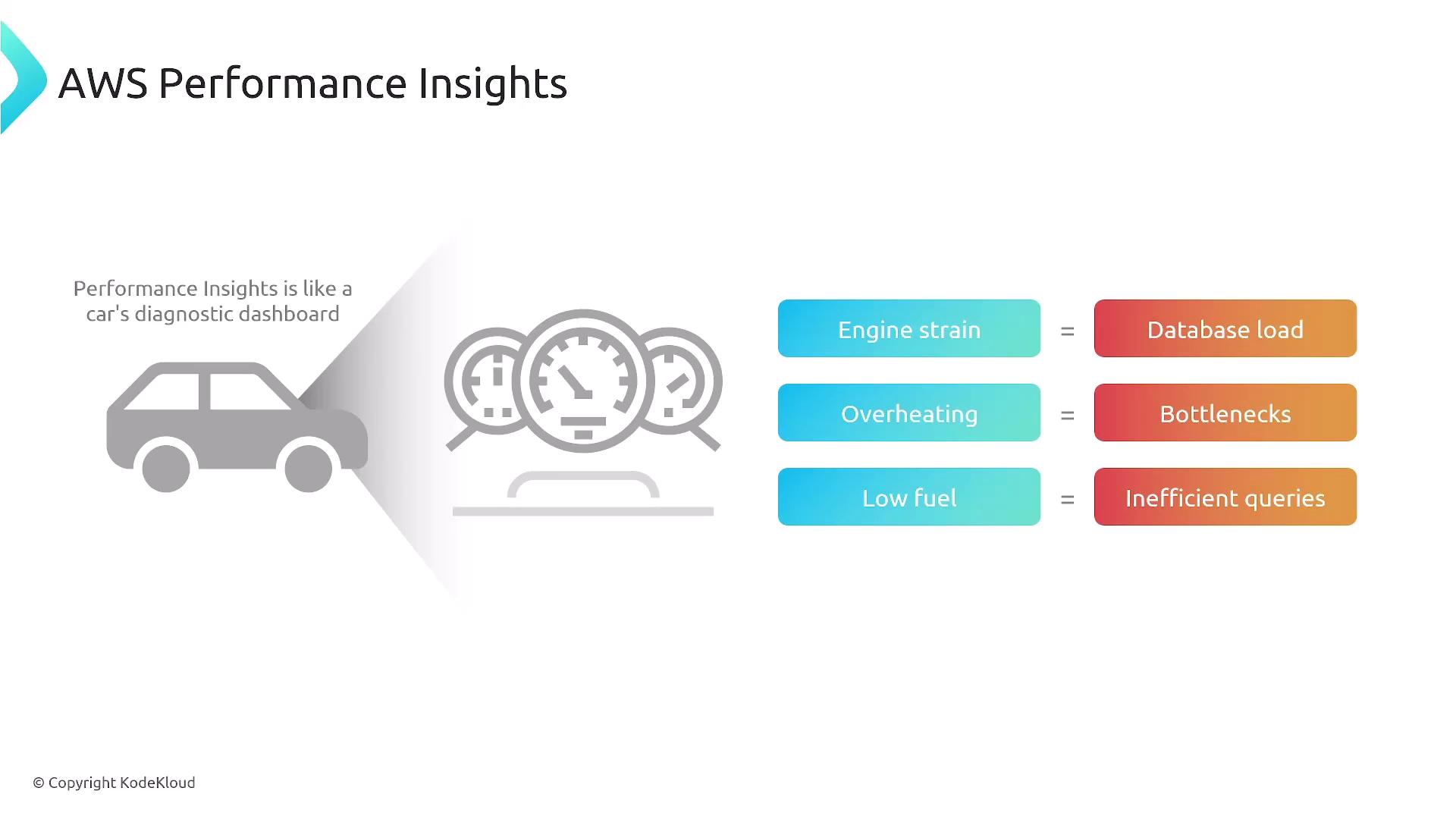
AWS Lambda has performance constraints such as a 15-minute timeout and susceptibility to cold starts, which introduce latency during function initialization. To reduce cold start effects, consider:
- Reducing code initialization time
- Using provisioned concurrency
- Periodically invoking your function to keep it warm
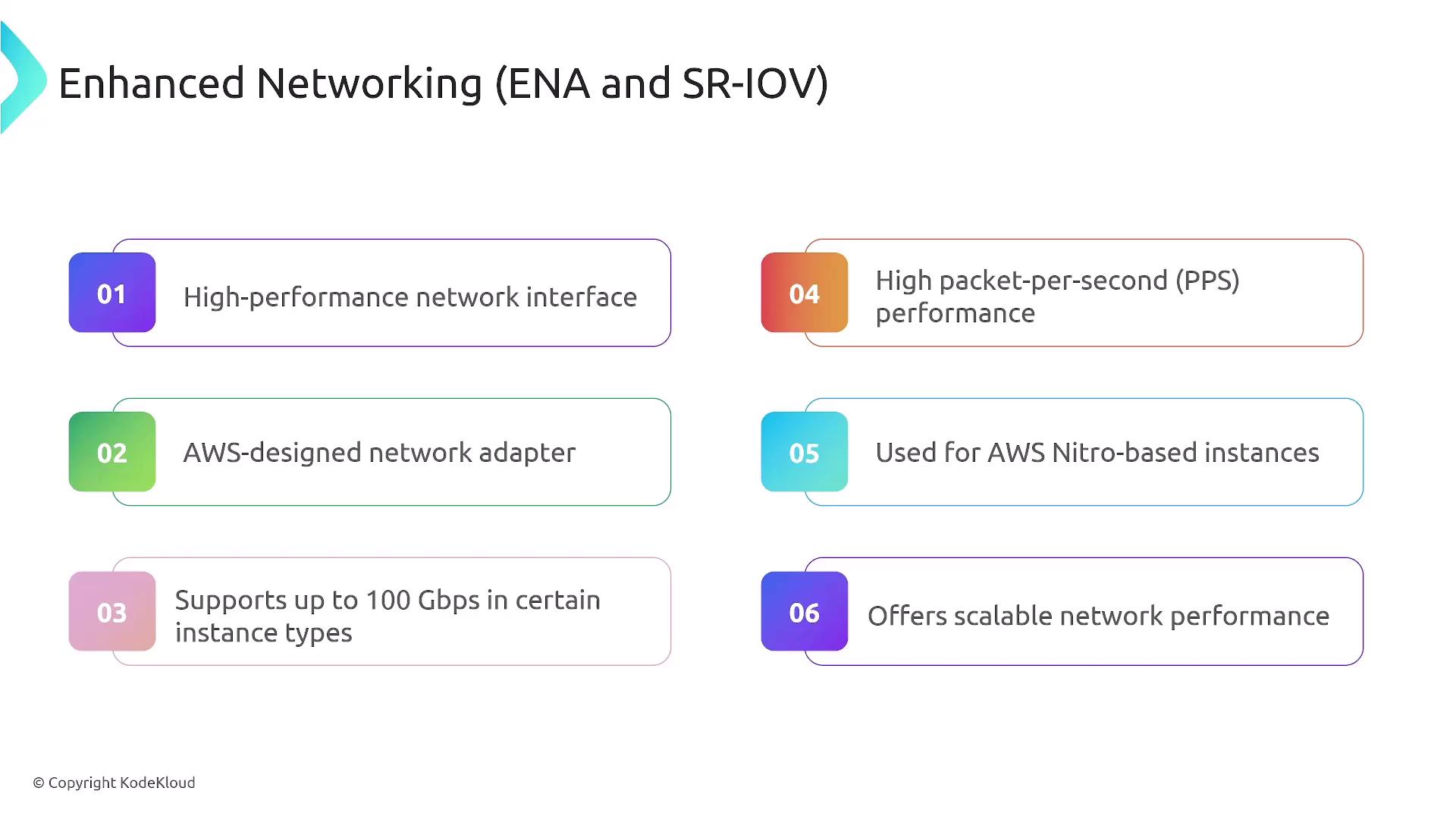
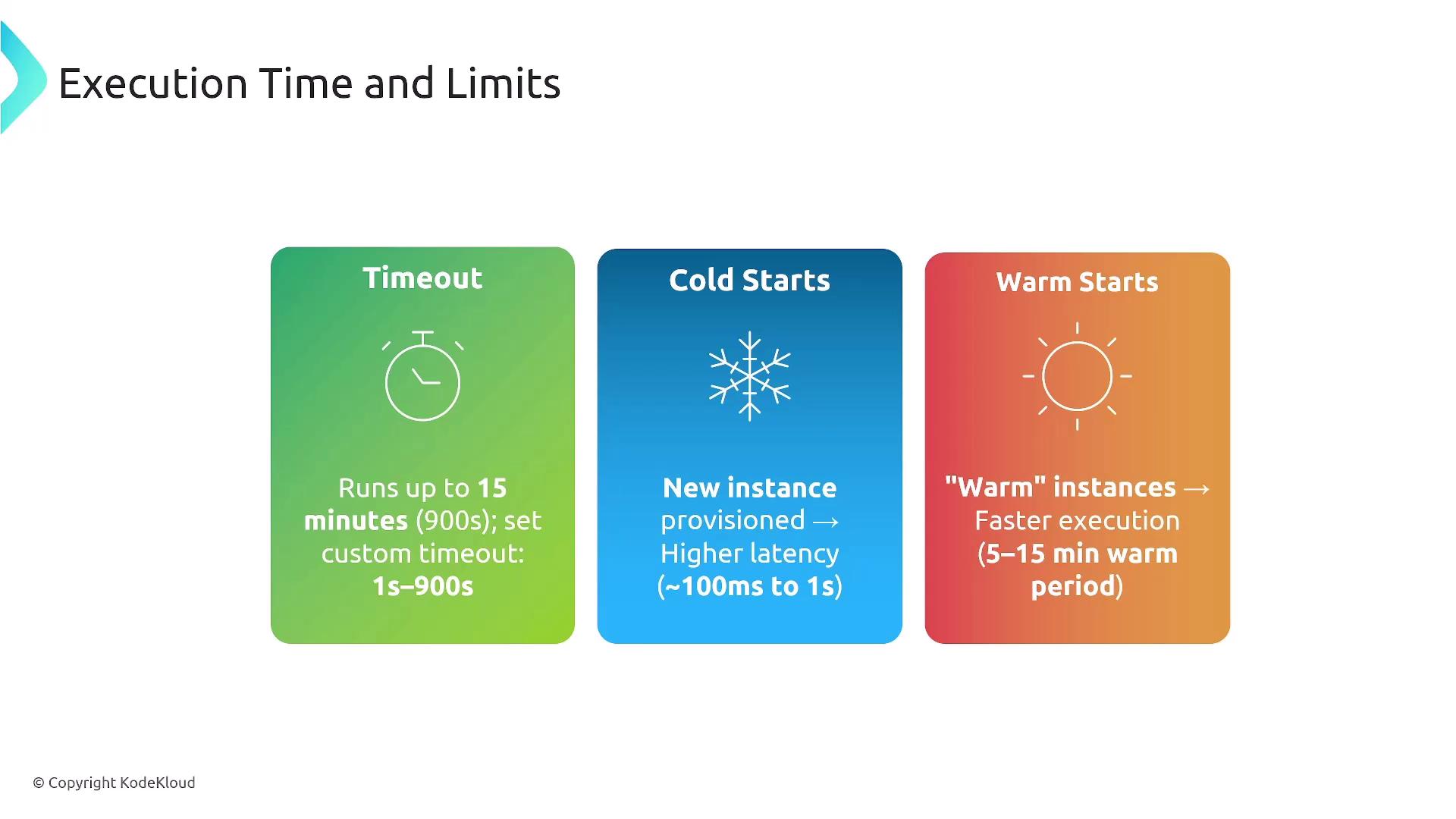
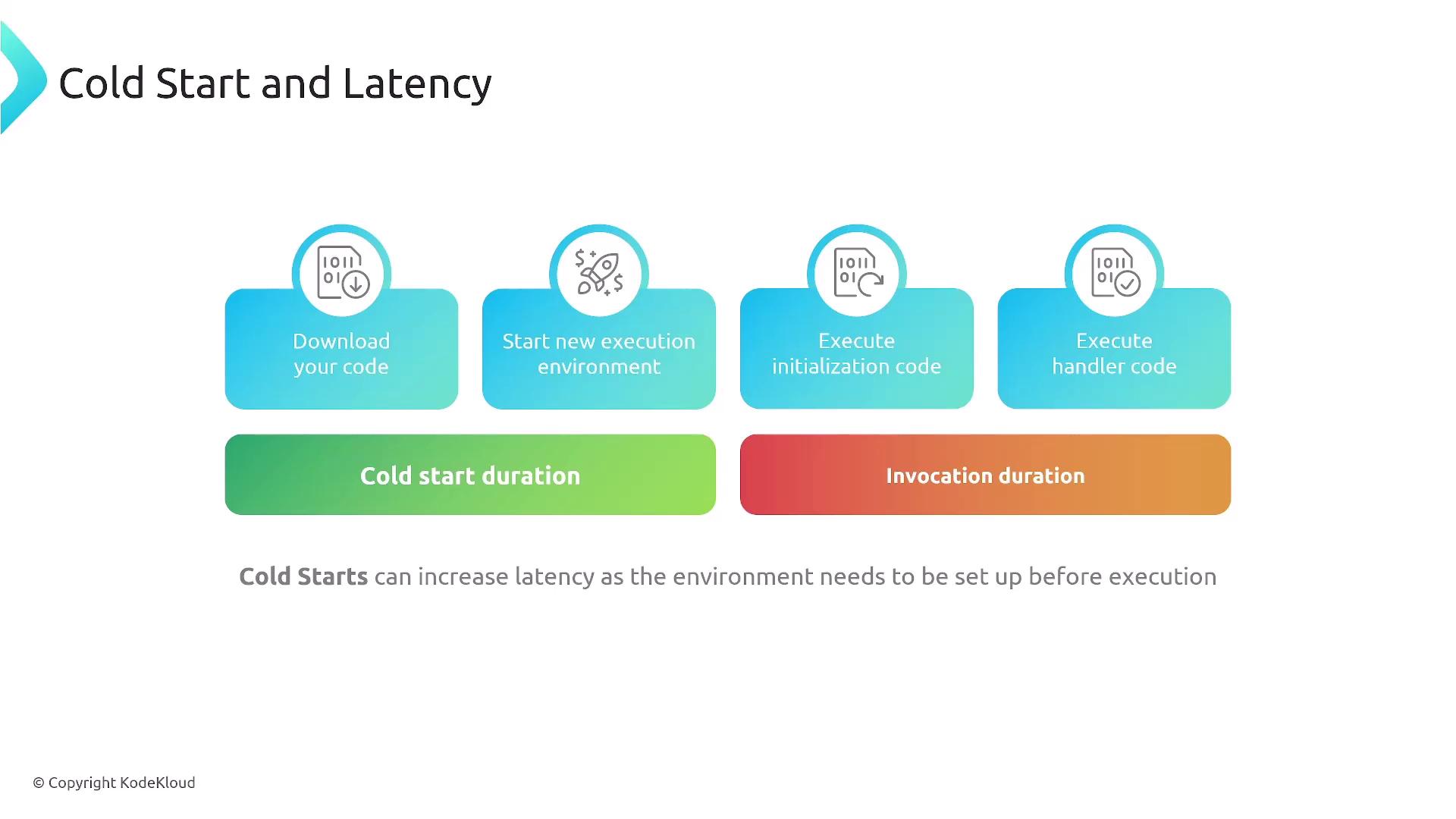
EC2 Instance Types and Use Cases
Understanding the different EC2 instance families is also important. There are five main instance types:
- General Purpose
- Compute Optimized
- Memory Optimized
- Storage Optimized
- GPU Instances (categorized under accelerated computing)
Each type is designed for specific workloads, ensuring that you select the right instance for your application's performance requirements.

Final Thoughts
This article has covered key topics in cost and performance optimization within Domain 6:
- Cloud financial management and consumption-based pricing models
- Strategies for right-sizing resources with tagging and optimization tools
- A deep dive into EC2 purchasing options and storage optimization
- Best practices for improving compute, network, and database performance
Next Steps
Review these concepts carefully as you prepare to complete your SysOps course. Mastering these techniques will help you optimize costs and improve performance as you advance in your cloud journey.
Thank you for reading, and best of luck on your assessment!
Watch Video
Watch video content